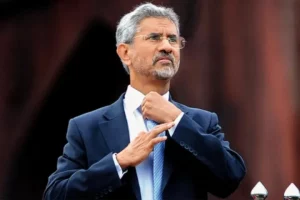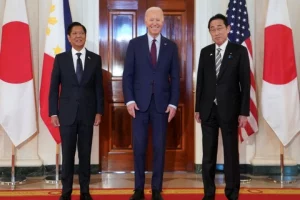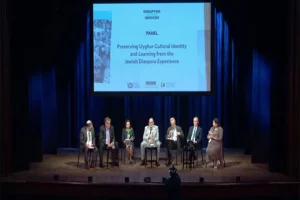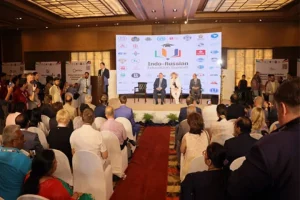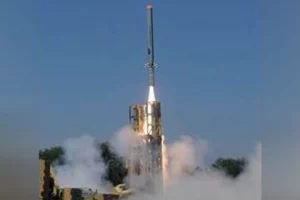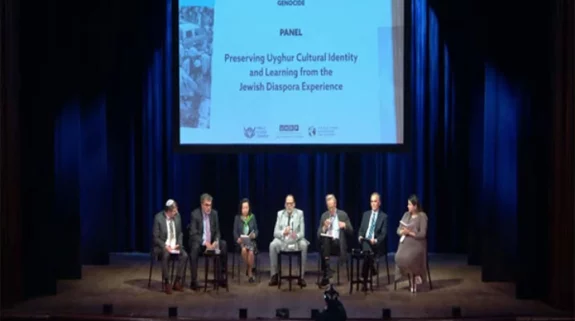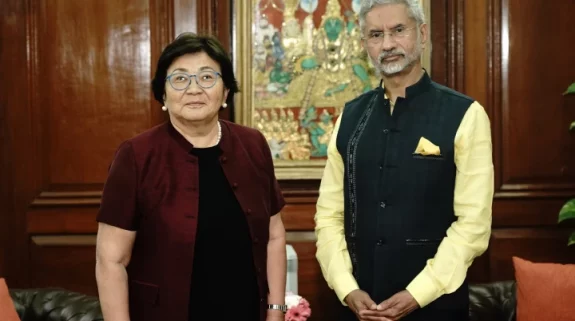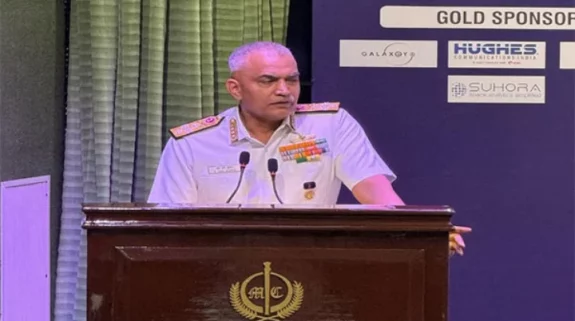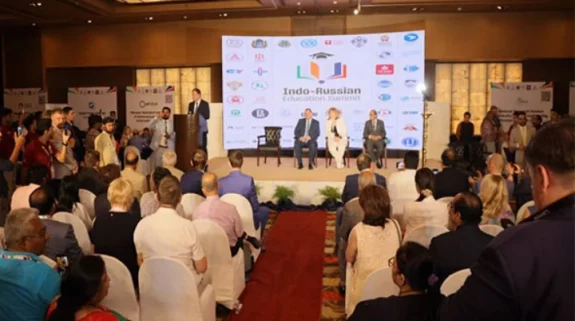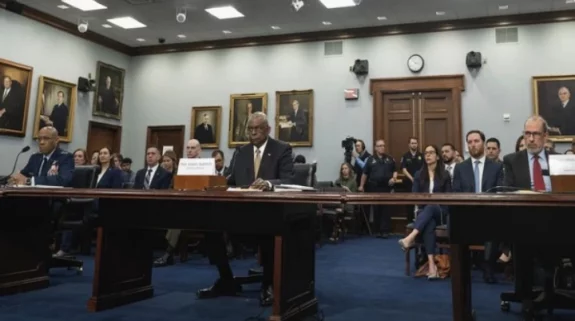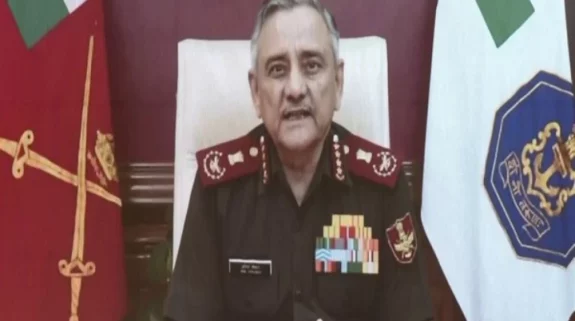The coming together of two veteran performers, popular playback singer and composer, Padma Shri Hariharan and noted percussionist Bickram Ghosh, at the ongoing 51st International Film Festival of India at Goa, gave the audience an insightful discussion on music. The event was the In-Conversation session on “Music & Movies” between the two music maestros.
Pointing that music in contemporary films has changed, so has society, Hariharan said that film songs and background scores in the 50s were filled with Indian classical genres. Bickram Ghosh, commenting on the evolution of Indian cinema music said: “When we gained Independence, there was an accentuation on being Indian in the films of that era. Hence, audiences were given a trajectory of Indianness by means of Indian classical music.”
Moving on to later periods, Hariharan said, “then came the 70s, when Hindi cinema was hit by a wave of ‘real cinema’ or ‘arthouse cinema’, which had very few songs. Soundscape changed dramatically in the 90s. In this period, every bit of sound became audible, giving a respite to singers. Voice clarity was there in the 60s and 70s, 80s saw a lot of orchestration and in the 90s, voice clarity totally disappeared.” Citing the example of the ever-popular film Ganga-Jamuna, in which music director Naushad used a lot of folk music, he said, “the whole background score and a symphony of the film was based on Lalit and Marwa ragas. It added depth to the scenes. There was an harmony in that period.” In this context, Bickram Ghosh observed that with the coming of A.R. Rahman, there was a big turn of events; a lot of instruments started being used.
With focus on film music, R.D. Burman’s name had to figure. Ghosh referred to him as “the king of music in Mumbai”. “He westernized a lot of tracks. R.D. Burman converged Afro-Cuban and Latin music.” He went to add that the creativities used by him in certain films are a heritage for Indian music. “In Satte Pe Satta, Amitabh Bachchan’s character gurgled in a tune. In Sholay, Shantaparasadji’s tabla in the Chal Dhanno Chal sequence simply created magic. The song Chura Liya Hai Tumne Jo Dil Ko in Yaadon Ki Baaraat is distinctive for the sounds used, while Teesri Manzil is another film noted for the unique sounds used to create music.”
About present-day films and music, Ghosh said as a lot of Hindi films are set in different regions of the country “the folk and local music of various parts of our diverse country are gaining popularity.” Agreeing with him, Hariharan added, “our huge cultural canvas in India must be utilized”. A.R. Rahman has done it brilliantly. The film Lagaan is a beautiful example of it, stated the music maestro.
In conclusion, both the musicians said that all types of music should exist in movies.







